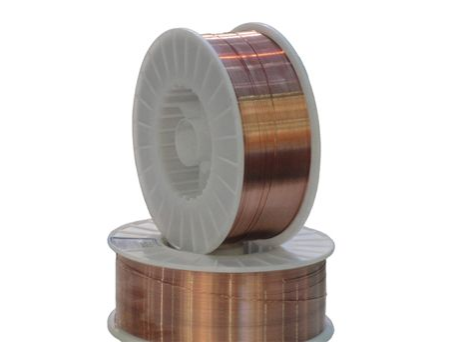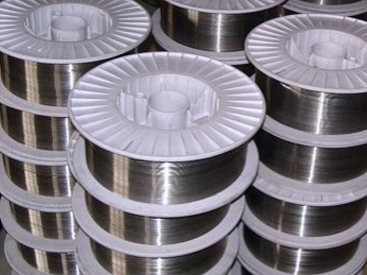MIG welding and flux-cored welding have different characteristics that must be evaluated by the welder when selecting a process for welding applications. For best results, consider the following factors: material thickness, proper shielding gas, wire feed speed, and voltage settings, job site location, and weld seam appearance.
There is no one-size-fits-all welding solution, and all of the above variables can influence a welder's decision to use solid or flux-cored wire. This article will help novice or casual welders - such as farmers, ranchers, motorsports enthusiasts, and home enthusiasts - understand the basics of solid wire and flux-cored wire and how to maximize the benefits of each.

Mig Wire
What to consider when choosing solid or flux-cored wire?
Appearance
Many welders consider the appearance of the weld to be an important factor. When working with material less than 3/16 inch thick to thin sheet metal (24 gauge), the solid wire will produce a clean weld. For example, short-circuit transfer using 0.030-inch solid wire, 18-19 volts, 160-170 amps and using 75 percent argon and 25 percent carbon dioxide shielding gas will typically produce very little spatter, generate less heat-affected area and reduce the chance of burn-through. As a result, many automotive enthusiasts who specialize in bodywork or work on thinner applications prefer solid wire in their operations.
Location
When choosing between solid wire and flux-cored wire, the welder must also consider the location of the job site. In environments such as windy locations, solid wire or gas shielded flux cored wire is more difficult to use because exposing the shielding gas to the wind can compromise weld integrity. Typically, the loss of shielding gas will produce porosity visible in the weld bead.

On the other hand, self-shielding flux-cored wire is ideal for welding outdoors or in windy conditions. The welder does not have to set up a windshield to protect the shielding gas from being blown away because the shielding gas is generated by the burning flux. Self-protecting flux-cored wire is also more portable than solid wire because it does not require an external shielding gas. This portability is great for agricultural applications where field equipment may fail far from the store. If you are welding thicker metals (16 gauge and above), the self-shielded flux-cored wire also provides excellent depth of melt.
Thickness, Application Type, and Parameter Settings
Many novice welders try to use one common wire and shielding gas combination for multiple applications. The most common wire and gas combination (for solid cored wire) is a 0.035-inch diameter wire using 75% argon and 25% CO2 shielding gas.
For thicker applications (such as on an automotive A-frame), attempting to use solid wire that is too small increases the likelihood of reduced root depth of fusion and may require multiple welds. Misusing solid wire (even if strong enough) may not provide sufficient penetration on thicker materials.
Which is better, solid wire vs flux-cored wire?
Neither wire is better than the other. They simply have different properties that work better in certain applications. In terms of performance, both types of wire produce good welds with a good weld appearance when applied correctly and used at the proper parameter settings. Solid wire penetrates deep into the root and usually has very little spatter. Flux cored wire has greater spherical transfer and produces low spatter levels. In addition, flux cored wire produces a more rounded penetration profile with excellent sidewall fusion.
In terms of user appeal, both solid wire and flux cored wire is relatively easy to use and ideal for novice and temporary welders working in automotive, agricultural, and home hobby applications. In finer applications, a solid wire may have better welder appeal because there is no slag to remove, it can be readily painted, and the weld may be more aesthetically pleasing.









